2023 has been quite the year.
Artificial Intelligence dominated the tech world. Lawsuits were filed against AI companies; the Writers Guild of America and Screen Actors Guild went on strike to protest how AI might be used in the filmmaking industry; FOBO, or “fear of becoming obsolete,” became a household term; and overall, AI accounted for more than 50% of Plugged In’s Tech Trends topics.
There was also a lot of social media drama—but what else is new there? TikTok almost got banned in the United States, and new research demonstrated how the short-form video platform (in conglomeration with YouTube Shorts and Facebook/Instagram Reels) is obliterating the world’s collective attention span. Twitter was criticized for refusing to suspend an account advertising narcotics, and then, of course, owner Elon Musk changed the brand to X. Meta (the parent company of Facebook and Instagram) launched the Twitter-like Threads, and, in separate events, is now being sued by 42 attorneys general for creating increasingly addictive products aimed at kids.
But not everything involving technology this year was negative. In fact, I want to take this time to reflect on some of the great things technology did this year.
7 Great Things Technology Did in 2023
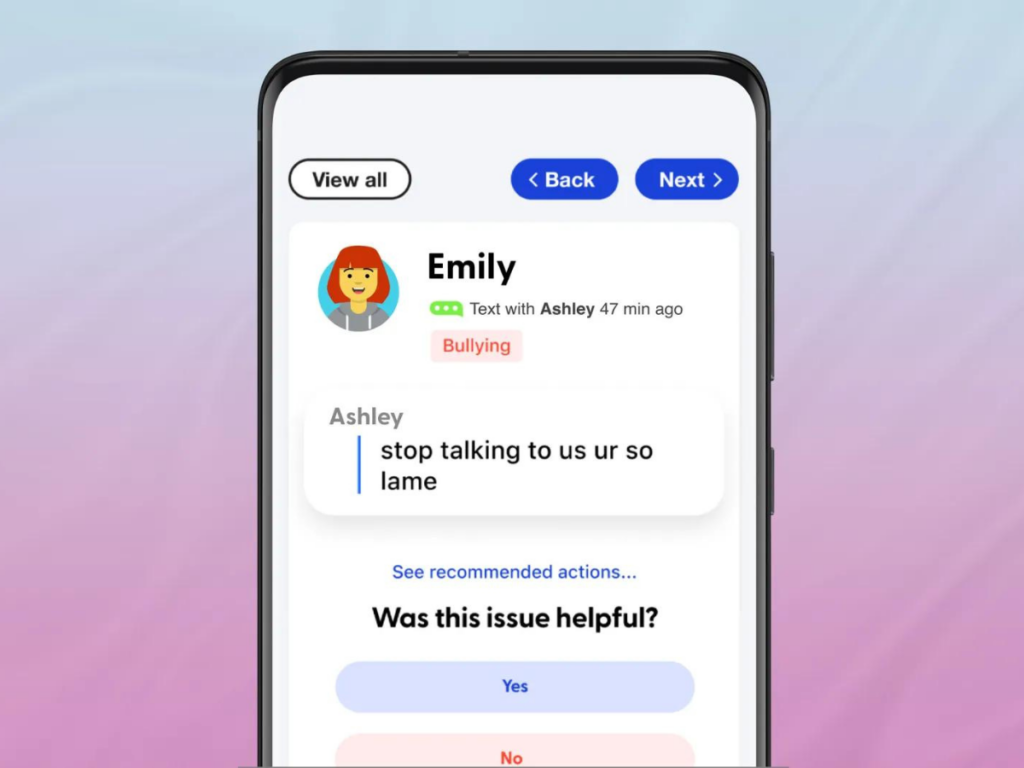
1. A safer smartphone for kids and teens was invented.
“When should I give my child a smartphone?” This is probably one of the most-asked questions at Plugged In. The answer isn’t so simple. Plugged In director Adam Holz will tell you that he waited until his eldest was 14 years old before he gave in. Usually, the decision depends more on the maturity and personality of the individual child, and it requires a lot of parental discernment. However, Bark Technologies has attempted to ease some parental concerns with the new Bark Phone. This Android-powered tech lets parents manage contacts and track the device while a built-in algorithm monitors texts and social media posts for inappropriate content. (And since that parental control feature is built in, it can’t be bypassed by tech-savvy teens.)

2. AI detected cancer, wildfires and even poachers.
An AI tool named Mia (developed by Imperial College London and Kheiron Medical Technologies) helped doctors by finding subtler signs of cancer during routine breast screenings. As a result, 13% more cancers were detected and diagnosed in the early stages. AI also assisted Cal Fire and AlertCalifornia in locating 77 wildfires before any 911 calls came in. And a new system, called TrailGuard AI (created by Resolve, a US-based environmental organization), was trained to monitor endangered species and spot poachers. The tech resulted in the arrests of more than 30 poachers in 2023 and is now undergoing large-scale testing in tiger-dense central India.
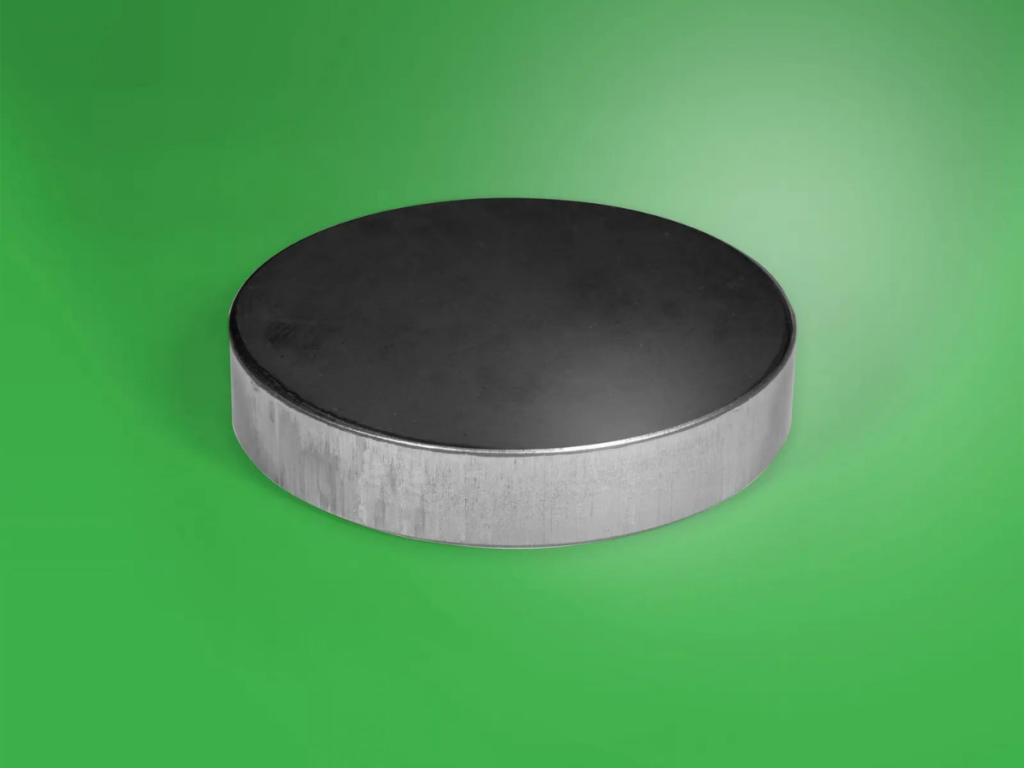
3. Electric vehicles helped reduce fossil fuel demand.
Look, Elon Musk may not exactly be the role model you want for your kids. However, he did help popularize the EV movement with Tesla. And according to BloombergNEF, the use of EVs cut oil demand by 1.8 million barrels per day in 2023. But cars and buses aren’t the only ones going greener. Navtek Naval Technologies introduced its ZEEtug, the world’s first all-electric, zero-emission, rechargeable harbor tugboat. Monarch Tractor also made a world first with its MK-V, a fully electric, self-driving tractor for farmers. And Minnesota-based Niron Magnetics is eliminating the need for the rare-earth magnets that power EVs and wind turbines (and thus, the ecosystem-harming mining procedures) with its Clean Earth Magnet, a product made from the abundant and affordable iron and nitrogen.
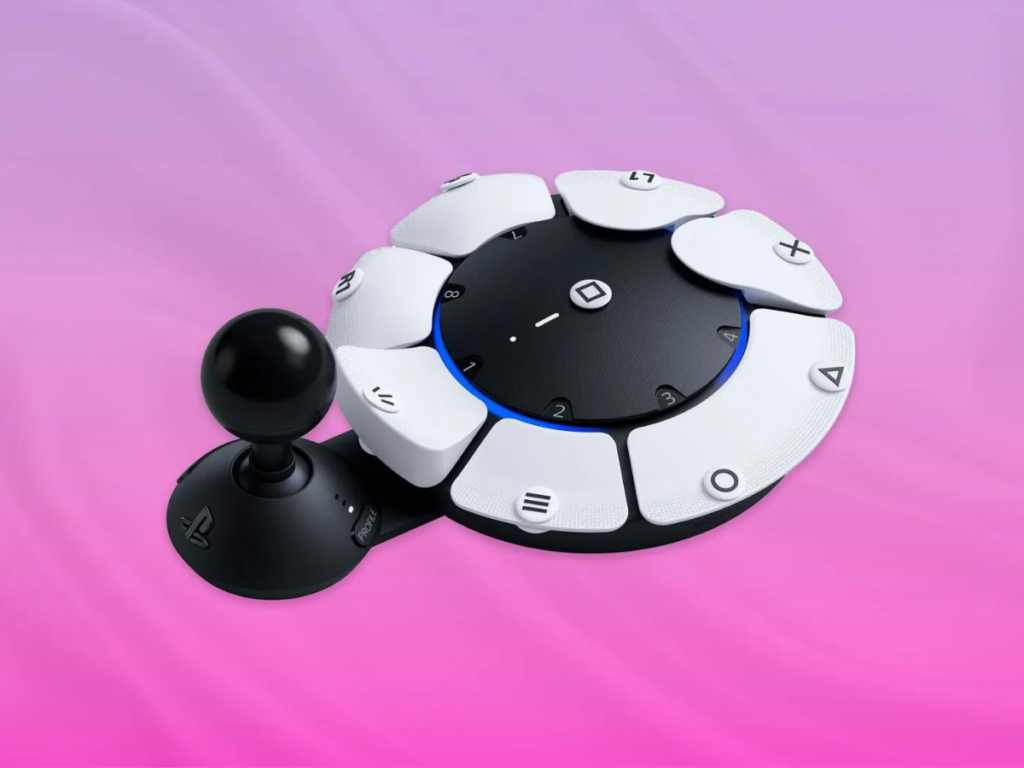
4. Entertainment became more accessible for those living with disabilities.
Even though more than a third of the world plays video games, participation is a challenge for about 16% of the population, says Time, due to disabilities. However, Sony has introduced PlayStation’s Access Controller, a customizable kit that features a joystick that can be configured to meet different physical needs. Music also becomes more accessible to deaf and hard-of-hearing folks with the Music: Not Impossible haptic suit. This wearable backpack translates audio from a concert venue’s mixers and microphones into vibrations that allow users to feel the music on their skin.
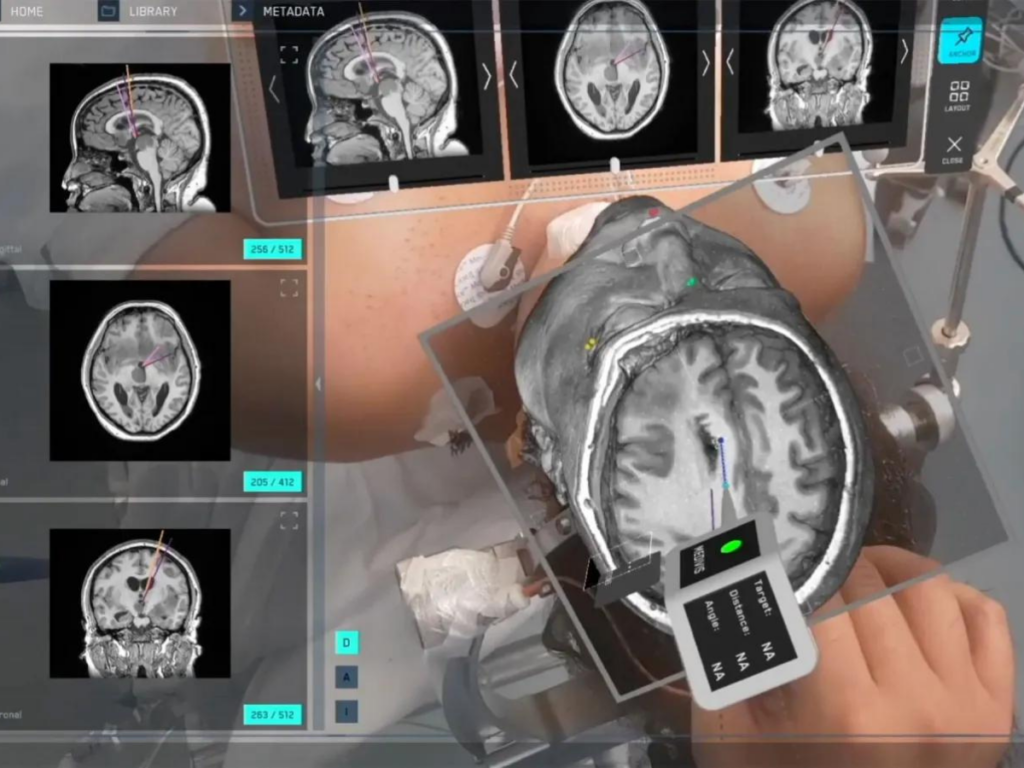
5. Virtual Reality headsets assisted in the operating room.
Medivis’s SurgicalAR platform helped reduce errors during complicated medical procedures this year by providing surgeons with data superimposed on the patient’s body during the operation. VR headsets were also used to help surgeons plan upcoming procedures and train residents by creating 3D models using the imaging from MRIs, CT scans and angiograms. And patients could don the headsets, too, allowing them to see exactly what their doctors would be doing in the upcoming surgery and easing their fears.

6. 3D printers started making food.
OK, I know that three-dimensional printers have been responsible for several innovative technologies. The U.S. military has used them to create body armor for troops. Doctors have implemented them in the construction of custom-fitted prosthetics. And veterinarians saved the life of an endangered species bird by printing it a prosthetic beak after it was diagnosed with cancer at a zoo. Hospitals have used them to create custom surgical tools. And Habitat for Humanity is even using the printers to build affordable housing for low-income families. But isn’t it just cool that they can make cheesecakes now, too?
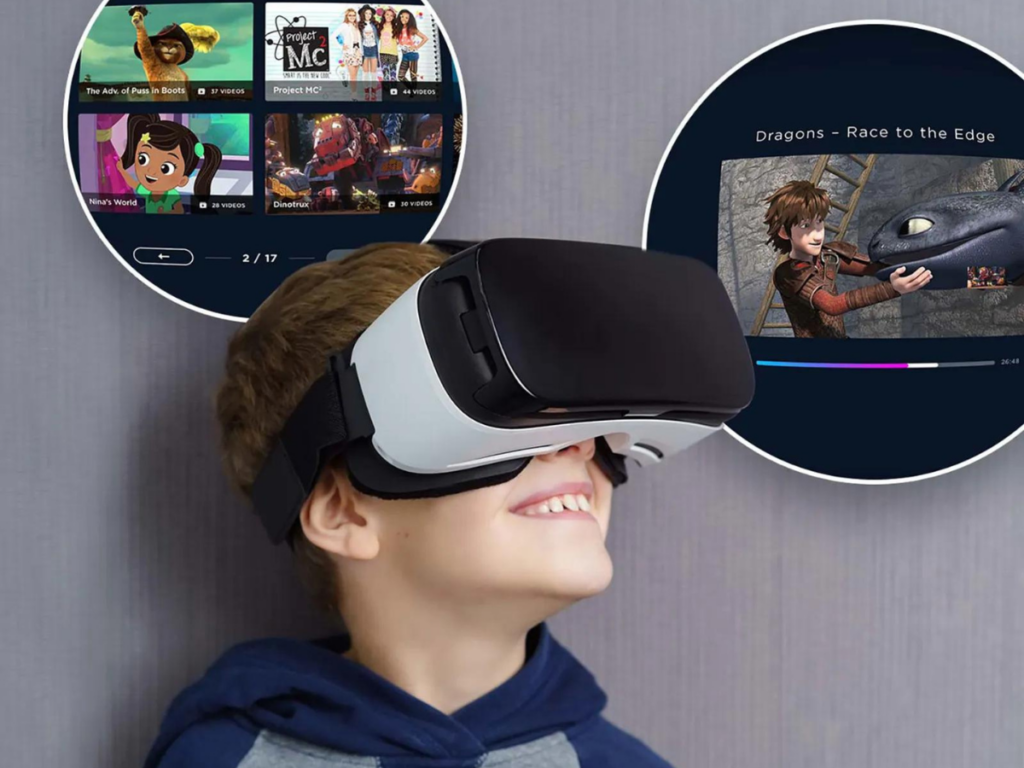
7. Technology eliminated the need for eyepatches.
About 3% of all children have amblyopia, or “lazy eye.” My sister and I (and a few cousins, as well) were each diagnosed with the condition when we were 2 years old. The treatment is usually to place an eyepatch over the good eye for several hours each day in order to strengthen the weaker eye. And unfortunately, it’s not always successful. (I have been wearing bifocals since I was a toddler because it didn’t work for me.) However, thanks to Luminopia, there’s now an alternative. Instead of doing their best Pirates of the Caribbean impression for a few hours each day, children can now use a virtual reality headset that displays cartoons “with different portions of the image shown to each eye that are blurred or eliminated, forcing the brain to better combine the input from both eyes.” By using Luminopia’s headset for just one hour a day, six days a week, vision can improve in as little as three months. And while this may seem silly—frankly, if it didn’t have such a personal connection to me, it might not have made the list—it also speaks into how traditionally recreational technology can be manipulated to serve a greater purpose, making the quality of life better for many families and individuals.
As we go into 2024, you can continue to look forward to our monthly Tech Trends blogs. You should also keep an eye out for our new weekly segment, On the Radar, informing parents of new research, trends and developments that might help you navigate the world of entertainment, pop culture and technology as it pertains to your kids and teens.
Happy New Year everyone!







Recent Comments